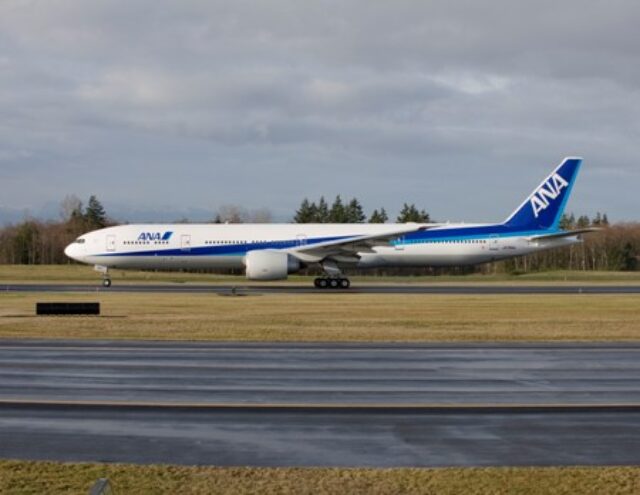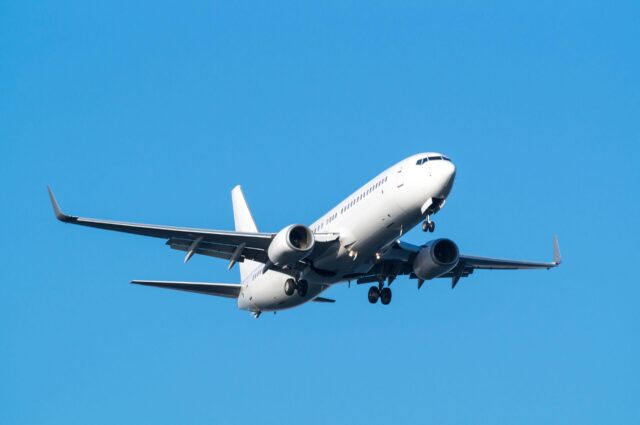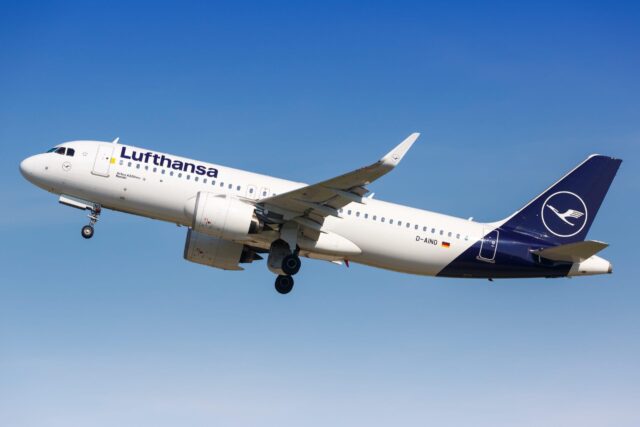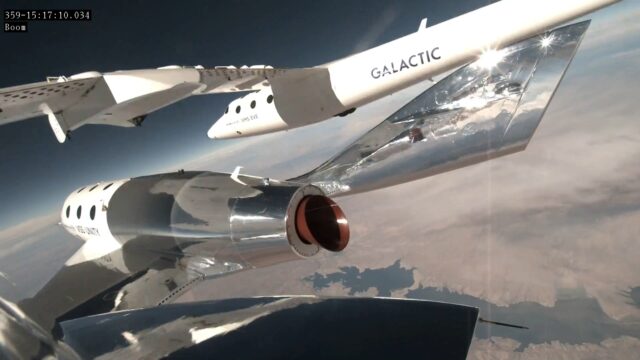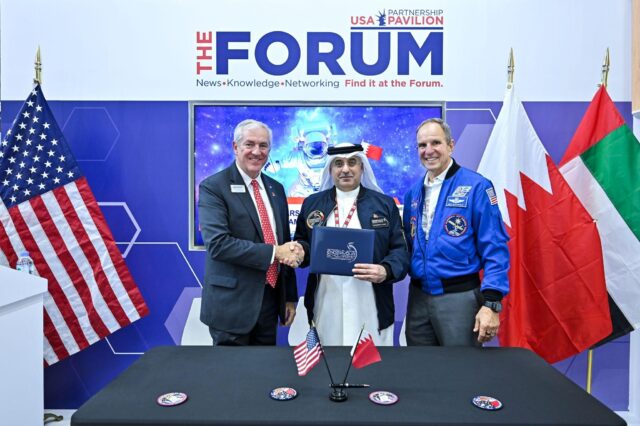NATO AWACS enhances interoperability with Swedish Air Force
September 7, 2024

During flying events on September 1 and 2, Swedish JAS-39 Gripen fighters from Blekinge and Skaraborg flew missions under AWACS control, operating under the direction of a NATO E-3A that was temporarily operating from Rygge Air Base in Norway.
NATO owns and operates a fleet of some 14 E-3A AWACS (Airborne Warning and Control System) aircraft and regularly employs them in both real-world and training operations. The 14 Boeing E-3 Sentries are among the few assets owned and operated by NATO itself, with multi-national crews drawn from 19 nations. The NAEWF is the Alliance’s largest collaborative venture and is frequently held up as an example of what member countries can achieve by pooling resources and working together in a multinational environment.
The aircraft can fly for up to eight and a half hours monitoring more than 120,000 square miles of territory (equivalent to Poland!) in the process, and detecting aircraft and missiles from hundreds of kilometres away, making them a key early warning capability for NATO.
While the AWACS fleet is home-based at Geilenkirchen in Germany, the one flying with the Swedish took off from a Forward Operating Base at Rygge, Norway, where it was temporarily deployed to support NATO operations.
Two liaison officers from the Swedish Combat Command and Air Surveillance Battalion were flying on board the NATO AWACS to ensure proper co-ordination with Swedish authorities. The ability to integrate AWACS into daily operations is an important step in Swedish NATO integration and is further proof that the boundaries between national and international operations are blurring, said the Swedish operator who was on board the AWACS.
The training activity was not the first time that NATO AWACS aircraft had operated in Swedish airspace, as they regularly provide airborne surveillance and control during Swedish/international exercises such as Arctic Challenge. The goal is to normalize procedures for such exercises thereby increasing the flexibility and capability of NATO’s air command and control system.
Colonel Dennis Hedström of the Swedish Air Staff said that: “What has been new is the fact NATO AWACS has been integrated into Swedish day-to-day operations. This requires special co-ordination, not least because the missions were conducted in the same airspace as civilian passenger aircraft and because the flight paths were not pre-planned.”
The operation demonstrated a new level of integration with the youngest NATO ally. NATO called this “a major step towards routine training and tactical cooperation with Sweden.”
Colonel Hedström said that: “Sweden has now been a member of NATO for six months and is making great strides advancing integration in Alliance air force and command structures. By carrying out everyday operations and activities with common resources, we become stronger together and enhance our interoperability.”






